-
 8613931787312
8613931787312 -
 Botou Industrial Zone on the east side of National Highway 104, Botou City, Hebei Province
Botou Industrial Zone on the east side of National Highway 104, Botou City, Hebei Province
- Afrikaans
- Albanian
- Amharic
- Arabic
- Armenian
- Azerbaijani
- Basque
- Belarusian
- Bengali
- Bosnian
- Bulgarian
- Catalan
- Cebuano
- Corsican
- Croatian
- Czech
- Danish
- Dutch
- English
- Esperanto
- Estonian
- Finnish
- French
- Frisian
- Galician
- Georgian
- German
- Greek
- Gujarati
- haitian_creole
- hausa
- hawaiian
- Hebrew
- Hindi
- Miao
- Hungarian
- Icelandic
- igbo
- Indonesian
- irish
- Italian
- Japanese
- Javanese
- Kannada
- kazakh
- Khmer
- Rwandese
- Korean
- Kurdish
- Kyrgyz
- Lao
- Latin
- Latvian
- Lithuanian
- Luxembourgish
- Macedonian
- Malgashi
- Malay
- Malayalam
- Maltese
- Maori
- Marathi
- Mongolian
- Myanmar
- Nepali
- Norwegian
- Norwegian
- Occitan
- Pashto
- Persian
- Polish
- Portuguese
- Punjabi
- Romanian
- Russian
- Samoan
- scottish-gaelic
- Serbian
- Sesotho
- Shona
- Sindhi
- Sinhala
- Slovak
- Slovenian
- Somali
- Spanish
- Sundanese
- Swahili
- Swedish
- Tagalog
- Tajik
- Tamil
- Tatar
- Telugu
- Thai
- Turkish
- Turkmen
- Ukrainian
- Urdu
- Uighur
- Uzbek
- Vietnamese
- Welsh
- Bantu
- Yiddish
- Yoruba
- Zulu
Pro Laser Elbow Welding Machine | Portable & Precise
In the intricate world of industrial piping, the integrity of every joint is paramount. This guide provides a comprehensive overview of the modern elbow welding machine, a critical technology revolutionizing pipe fabrication. We will explore industry trends, from automated systems to the rise of the laser welder portable, delve into the technical specifications of the 100mm Elbow Welding Machine, and demonstrate its unparalleled value through detailed process flows, data-driven comparisons, and real-world application cases.
Industry Trends: The Shift Towards Automated & Laser Welding
The global industrial pipe market, projected to reach USD 260.5 billion by 2030, is undergoing a significant transformation. The driving force is a relentless demand for higher efficiency, stringent safety standards, and flawless weld quality. Manual welding, while skillful, often introduces variables that can lead to inconsistencies and potential defects. This has paved the way for advanced automation.
An elbow welding machine directly addresses these challenges by offering repeatable, high-quality welds at a speed unattainable by manual methods. Furthermore, the industry is witnessing a surge in interest for technologies like precision laser welding pipe systems. While a dedicated elbow welding machine is optimized for specific fittings, the principles of automation, control, and minimal heat input are shared with advanced systems like the laser welder portable, which offers flexibility for on-site repairs and custom jobs. The future is clear: automated, data-driven welding is no longer a luxury but a necessity for competitive fabrication.
Market Share by Application Industry
Deep Dive: The 100mm Elbow Welding Machine
At the forefront of this technological shift is the XDR Machinery 100mm Elbow Welding Machine. It is not just a piece of equipment; it is a complete solution engineered for the high-stakes environments of petrochemical, energy, and water treatment industries. This machine is designed to produce elbow-to-pipe or elbow-to-flange joints with surgical precision, ensuring compliance with the strictest international standards like ANSI B16.9 and ASME B31.3.
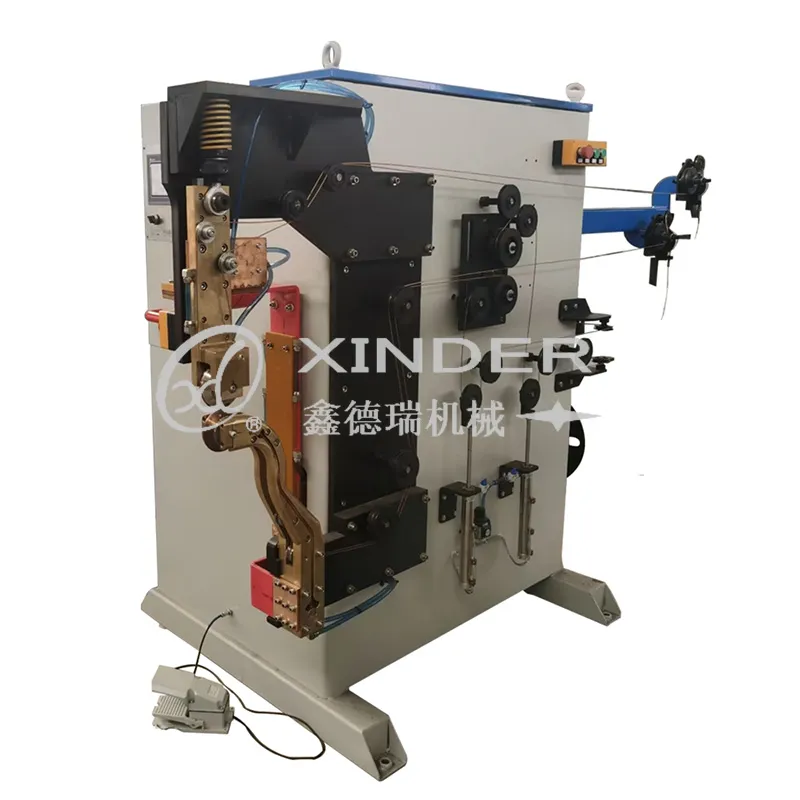
Technical Specifications of the 100mm Model
| Parameter | Specification | Industry Impact |
|---|---|---|
| Applicable Diameter | DN100 (4 inches) | Covers a common and critical size for process piping and distribution lines. |
| Maximum Wall Thickness | Up to 20mm (Schedule 160) | Capable of handling high-pressure and high-temperature applications. |
| Welding Process | Gas Tungsten Arc Welding (GTAW/TIG) | Ensures high-purity, x-ray quality welds with excellent mechanical properties. |
| Control System | PLC with HMI Touchscreen | Provides precise control over welding parameters (amperage, voltage, travel speed, gas flow) and allows for storable weld procedures. |
| Torch Oscillation | Motorized weave function | Creates perfect weld bead profile for multi-pass welds on thicker materials. |
| Positional Accuracy | ±0.1mm | Guarantees perfect alignment and consistent root gap, eliminating sources of weld defects. |
| Material Compatibility | Carbon Steel, Stainless Steel (304/316L), Alloy Steel (P11, P22) | Versatile for a wide range of industrial applications, from standard to corrosive or high-temp environments. |
| Compliance Standards | ISO 9001, CE, ASME, ANSI | Meets or exceeds global quality and safety requirements, ensuring asset integrity. |
Unveiling the Manufacturing & Welding Process
The exceptional performance of an elbow welding machine is a direct result of a meticulous manufacturing and operational workflow. Each stage is optimized for precision, durability, and reliability. Here's a step-by-step breakdown of how a perfect elbow weld is achieved.
1. Material Selection & Forging
Starts with high-grade raw materials (e.g., ASTM A234 for carbon steel). Forging is preferred over casting to create a refined grain structure, enhancing strength and fatigue resistance.
2. Precision CNC Machining
The forged elbow is machined to exact dimensions according to ANSI B16.9 standards. Critical surfaces like the bevelled ends are prepared for a perfect fit-up.
3. Automated Fit-Up & Clamping
The pipe and elbow are loaded into the machine. Pneumatic or hydraulic clamps provide firm, concentric alignment, setting a consistent root gap for the weld.
4. Programmed Automated Welding
The operator selects the pre-programmed weld procedure. The GTAW torch executes the root, fill, and cap passes with robotic consistency, minimizing the Heat-Affected Zone (HAZ).
5. In-process Monitoring & NDT
Sensors monitor parameters in real-time. Post-weld, Non-Destructive Testing (NDT) like Radiographic (RT) or Ultrasonic (UT) testing is performed to verify 100% weld integrity.
Technical Advantages & Comparative Analysis
Why invest in a dedicated elbow welding machine? The data speaks for itself. When compared to traditional manual welding or even more flexible systems like a laser welder portable, the specialized nature of this machine provides unparalleled advantages in production environments.
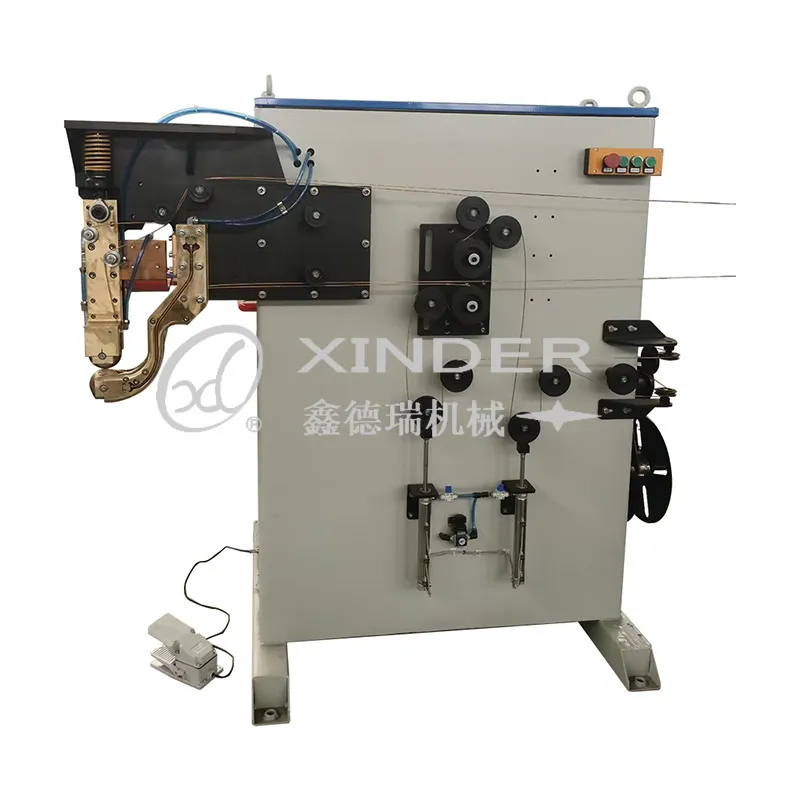
| Feature | Manual Welding (SMAW/GTAW) | 100mm Elbow Welding Machine | Portable Laser Welder |
|---|---|---|---|
| Weld Consistency | Operator dependent, variable | Extremely High (±0.1mm accuracy) | High, but depends on jigging/fixturing |
| Typical Cycle Time (4" Sch 40) | 45-60 minutes | 8-12 minutes | 15-20 minutes (including setup) |
| Defect Rate (First-Time-Right) | 85-90% | >99.5% | >98% |
| Heat-Affected Zone (HAZ) | Large, potential for material degradation | Minimized & Controlled | Minimal, highly localized |
| Required Skill Level | High (Certified 6G Welder) | Low (Machine Operator) | Medium (Operator with system training) |
| Best Application | On-site repairs, unique geometries | High-volume, repeatable elbow joints | Precision joining, on-site spot welding |
Welding Efficiency Comparison
First-Pass Weld Defect Rate
Application Case Study: Gulf Coast Petrochemical Plant Expansion
The Challenge
A major petrochemical firm was constructing a new processing unit requiring over 2,000 critical 4-inch stainless steel (316L) pipe-to-elbow connections. The project timeline was aggressive, and the quality standard was zero-defect, requiring 100% radiographic testing due to the corrosive nature of the process fluid.
The Solution: Deployment of the 100mm Elbow Welding Machine
The contractor deployed two of our 100mm elbow welding machine units in their on-site fabrication shop. Weld procedures were qualified as per ASME Section IX. Operators were trained in a single day to manage the machines, allowing certified welders to be re-allocated to more complex, non-standard joints elsewhere in the plant.
The Results
The impact was immediate and transformative. The automated solution delivered consistent, high-quality welds that not only met but exceeded the stringent project requirements.
This project showcases the immense ROI of an elbow welding machine, proving its ability to enhance safety, accelerate project timelines, and ensure asset longevity in demanding industries.
Customization, Trust, and Partnership with XDR Machinery
We understand that no two projects are identical. That's why we don't just sell machines; we provide engineered solutions. Our team of welding engineers works directly with clients to develop custom solutions. This can include:
- Custom Tooling: Fixtures and clamps for non-standard elbow radii or pipe diameters.
- WPS Development: Assisting in the creation and qualification of specific Welding Procedure Specifications (WPS).
- System Integration: Integrating the elbow welding machine with upstream and downstream automation, such as pipe cutters and handling systems.
- Advanced Sensing: Incorporating additional sensors for weld pool monitoring or seam tracking for specialized applications.
Our Commitment to Trust and Authority (E-E-A-T)
Your trust is our most valued asset. We build it through transparency, proven experience, and an unwavering commitment to quality.
Frequently Asked Questions (FAQ)
The machine is highly versatile and engineered to work with a wide range of materials commonly used in industrial piping. Standard configurations are optimized for:
- Carbon Steels: Such as ASTM A106 Grade B, API 5L, and A234 WPB.
- Stainless Steels: Including austenitic grades like 304/304L and 316/316L, which are critical for corrosion resistance.
- Low-Alloy Steels: Such as P11, P22, and P91, which are used in high-temperature, high-pressure service.
Cycle time can vary based on wall thickness and the specific WPS. However, for a standard Schedule 40 (6.02mm wall thickness) carbon steel pipe-to-elbow joint, the complete "arc-on" time is typically between 8 to 12 minutes. This includes the root pass, fill passes, and the final cap pass. This is a 75-80% time reduction compared to manual welding.
Absolutely. The elbow welding machine is designed specifically to produce welds that meet and exceed the stringent requirements of codes like ASME B31.1 (Power Piping) and ASME B31.3 (Process Piping). The precision control over all welding variables ensures that the resulting welds have the required mechanical properties and pass rigorous NDT inspections like radiography (RT) and ultrasonic testing (UT).
Controlling the HAZ is critical for maintaining the mechanical properties of the base material. Our elbow welding machine achieves this through several mechanisms:
- Pulsed GTAW Process: The machine uses a pulsed current to precisely control heat input, minimizing the total energy transferred to the workpiece.
- Consistent Travel Speed: The automated torch carriage moves at a constant, programmed speed, preventing localized overheating.
- Optimized Gas Shielding: Efficient argon shielding protects the weld pool and surrounding area from atmospheric contamination and helps dissipate heat.
Yes, integration is a key design consideration. The machine features a PLC-based control system with I/O ports that can communicate with other automated equipment. We can work with your engineers to integrate it with pipe conveyors, robotic loading/unloading systems, and central production monitoring software to create a seamless fabrication workflow.
This is an excellent question that highlights the choice between a specialized tool and a flexible one.
- The elbow welding machine is a specialized, high-production unit. It's optimized for one specific, repetitive task: joining elbows to pipes with maximum speed and consistency. It's the best choice for a fab shop environment.
- A laser welder portable offers incredible flexibility. It can be used for various joint types, materials, and on-site repairs. While its laser welding pipe capability is excellent and produces a very low HAZ, its setup for each unique joint may take longer, making it less efficient for high-volume, standardized work compared to our dedicated machine.
We provide a comprehensive support package to ensure your success.
- Training: On-site training for your operators and maintenance staff covering machine operation, programming, and routine maintenance.
- Warranty: A standard 2-year comprehensive warranty covering all parts and labor. Extended warranties are available.
- Support: Lifetime technical support via phone and email. We also offer a global network of service technicians for on-site assistance and preventative maintenance programs to maximize uptime.
- Delivery & Commissioning: Standard delivery is 6-8 weeks, and our team will be on-site to assist with installation and commissioning to ensure a smooth start-up.
References & Further Reading
The principles of automated orbital welding and its benefits are well-documented by leading industry bodies. The improved quality and consistency align with the guidelines set forth by the American Welding Society (AWS). As stated in the AWS Welding Handbook, 9th Edition, Volume 1, "Automation is used to improve weld quality through better control of the welding variables... resulting in lower rework and scrap rates."
For deeper technical insights into the metallurgical benefits of controlled heat input in GTAW processes, academic research provides substantial evidence. A study in the "Journal of Materials Processing Technology" often highlights how controlled weld parameters minimize detrimental phase changes in the HAZ of stainless steels, directly impacting long-term corrosion resistance.
1. American Welding Society (AWS). aws.org
2. "Welding processes for pipeline construction and maintenance," The Fabricator. www.thefabricator.com
-
The Rise of Laser Welding: Precision Meets Power in Modern MetalworkNewsAug.06,2025
-
Streamlining Industrial Packaging: The Power of Barrel Production LinesNewsAug.06,2025
-
Revolutionizing Metal Joining: The Power of Automatic Seam Welding MachinesNewsAug.06,2025
-
Powering Industrial Innovation: The Role of Pipe and Tube Machinery in Modern ManufacturingNewsAug.06,2025
-
Exploring the World of Resistance Welding: Equipment, Manufacturers, and Pricing InsightsNewsAug.06,2025
-
Advancing Container Manufacturing: The Role of the Modern Can Welding MachineNewsAug.06,2025
-
Understanding Automatic Seam Welding Machines: A Game Changer in Welding TechnologyNewsJul.18,2025
-
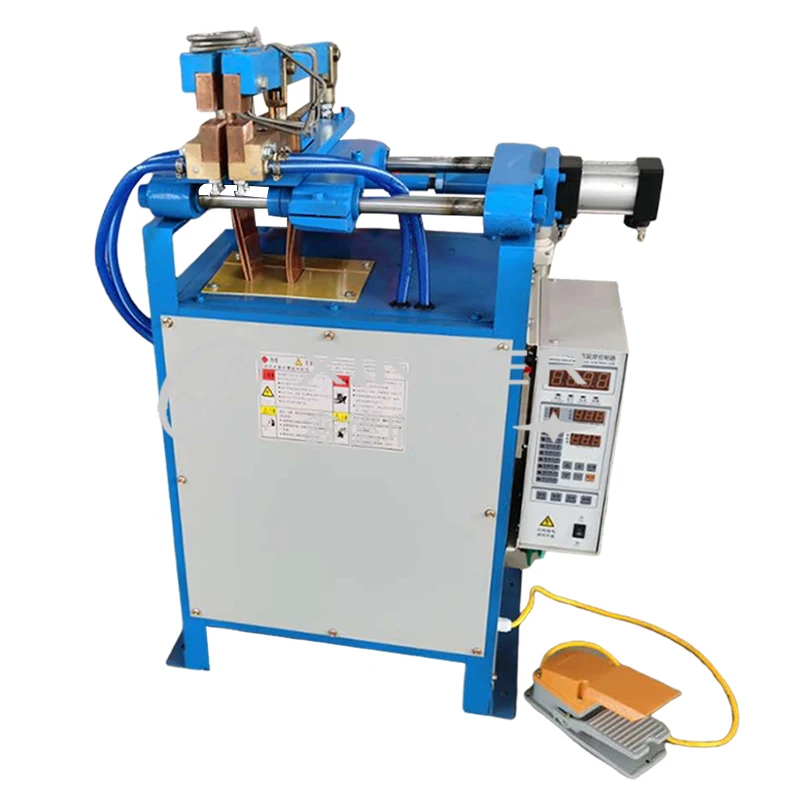 Pneumatic Handle Welding MachineSep . 13, 2024
Pneumatic Handle Welding MachineSep . 13, 2024 -
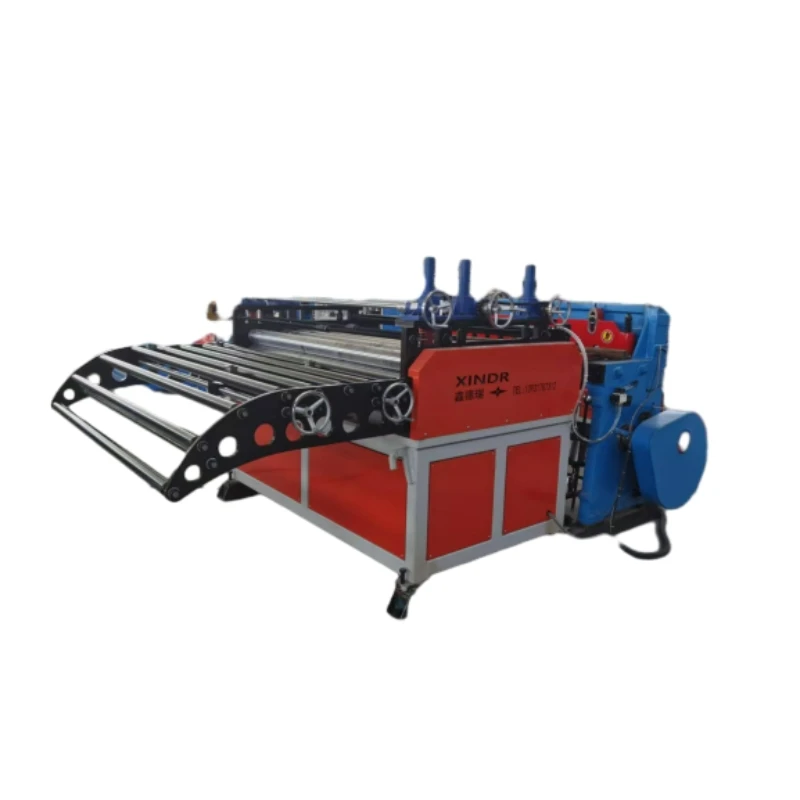 Fully Automatic Kaiping Production LineOct . 17, 2024
Fully Automatic Kaiping Production LineOct . 17, 2024 -
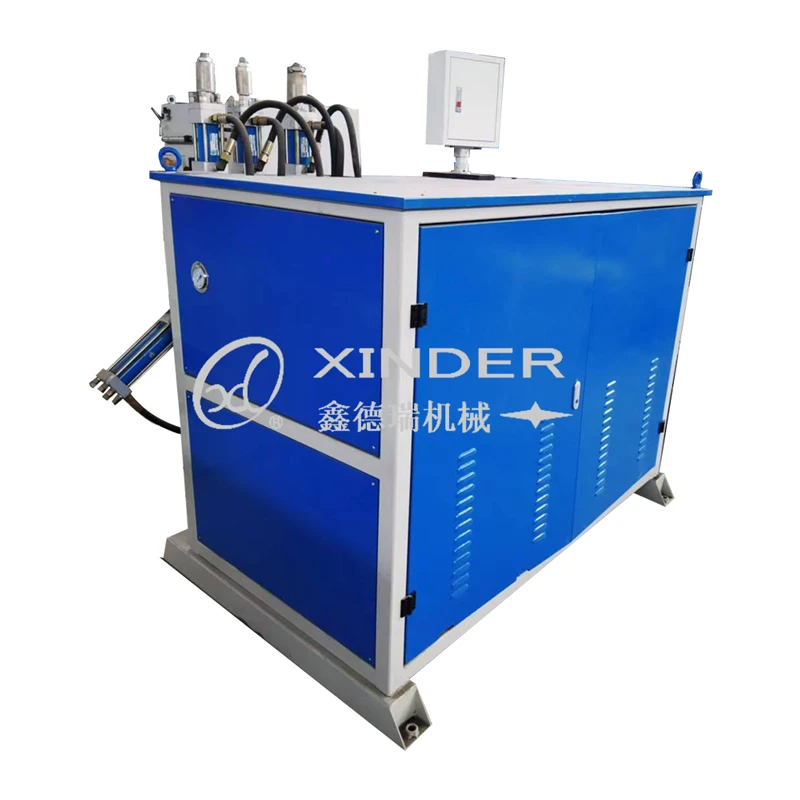 Fully Automatic Metal Bucket Lifting HeadphonesSep . 14, 2024
Fully Automatic Metal Bucket Lifting HeadphonesSep . 14, 2024

